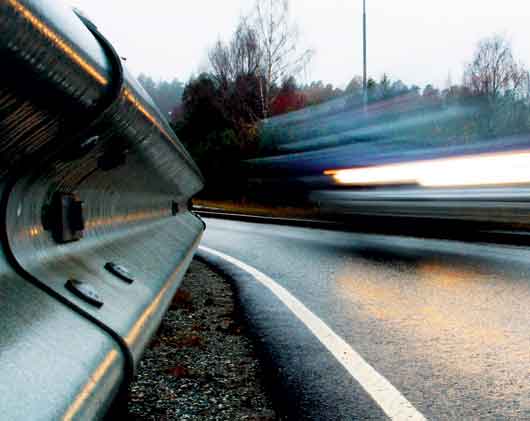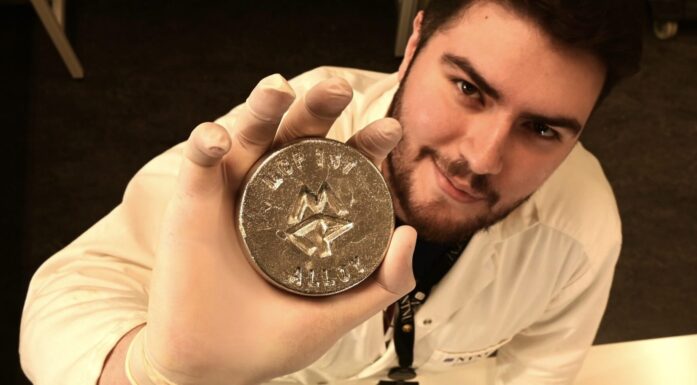Virtual car crashes
Virtual testing of safety barriers will save Norway a great deal of money – and will mean fewer injured and killed in traffic accidents.
Virtual testing of safety barriers will save Norway a great deal of money – and will mean fewer injured and killed in traffic accidents.
Each year between 200 and 300 people are killed in traffic accidents on Norwegian roads, while another 40 000 are injured. Almost 70 per cent of all traffic accidents that result in death or serious injury are caused by collisions or when cars accidently leave the roadway.
Safety barriers installed alongside or on the central reservation of a road reduce the risk of such accidents considerably. And against the backdrop of the government’s goal of zero accidents, Norwegian authorities have focused largely on this kind of protection. More than NOK 1 000 million has been allocated in 2009 to install safety measures along the nation’s present road network.
Expensive to test
Improving road safety is not just about constructing guard rails and reservation barriers along roads, but also involves developing products that can provide the greatest possible safety. The materials and design used for barriers and dividers play a role here, as well as road conditions and the terrain where the road has been built. The design of the vehicle itself is also an important factor.
But testing different designs and types of safety barriers at full scale is an extremely expensive and time-consuming task. The barriers have to be manufactured, erected and then tested with different vehicles.
For the first time in Norway, researchers at SIMLAB, one of NTNU’s Centres for Research-based Innovation, have developed a virtual test for crash barriers.
The simulations mean that a large number of full-scale tests can be replaced by just one or two.
Car and barriers on the same team
Inside Henning Fransplass’s computer are found an infinite number of details about vehicles and safety barriers. Much of this knowledge has been developed by SIMLAB in other contexts. Researchers here have worked with crash tests for years in cooperation with the automotive industry.
Fransplass is working for the Norwegian Public Roads Administration while also working as a PhD candidate at SIMLAB. His goal, first and foremost, is to understand: Understand how a crash barrier behaves under different loading conditions. Understand what happens when a specific vehicle at a certain speed and angle hits a safety barrier made from a particular material with a specific design.
An optimal barrier should work like a hammock: When accidents happen, the barrier should gently guide the car back into the road again. All this without destroying the barrier, or allowing people in the car to be seriously injured, or allowing the car to swing into the oncoming lane.
“You can say that the car and rail are playing on the same team, for which different parameters can vary in infinite ways”, he says. Fransplass uses a commercial computer program to create animations of how a vehicle behaves in collisions with different types of safety barriers.
Happy director general
Today’s safety barriers are mostly made of concrete or steel mounted on wooden poles. They are not bad, but not necessarily optimal under all circumstances.
Now, the Norwegian road authorities – and manufacturers of crash barriers – have a tool to test a number of new barrier types – and for a fraction of what a single full-scale test costs. This makes the Norwegian Public Roads Administration Director General Terje Moe Gustavsen very happy.
“It is important that we now have a model based on Norwegian experience and expertise. In these situations simulation tools will be able to evaluate conditions that practical tests cannot. One example is collisions between motor cycles and safety barriers. When the technology is fully developed, it will be widely used by the Norwegian Public Roads Administration”, says the director general.
Lisa Olstad




